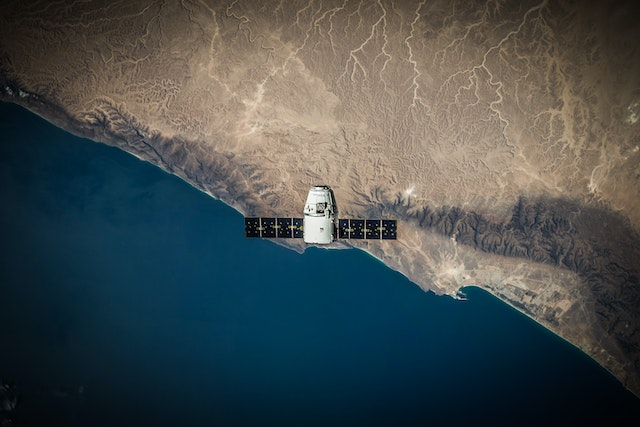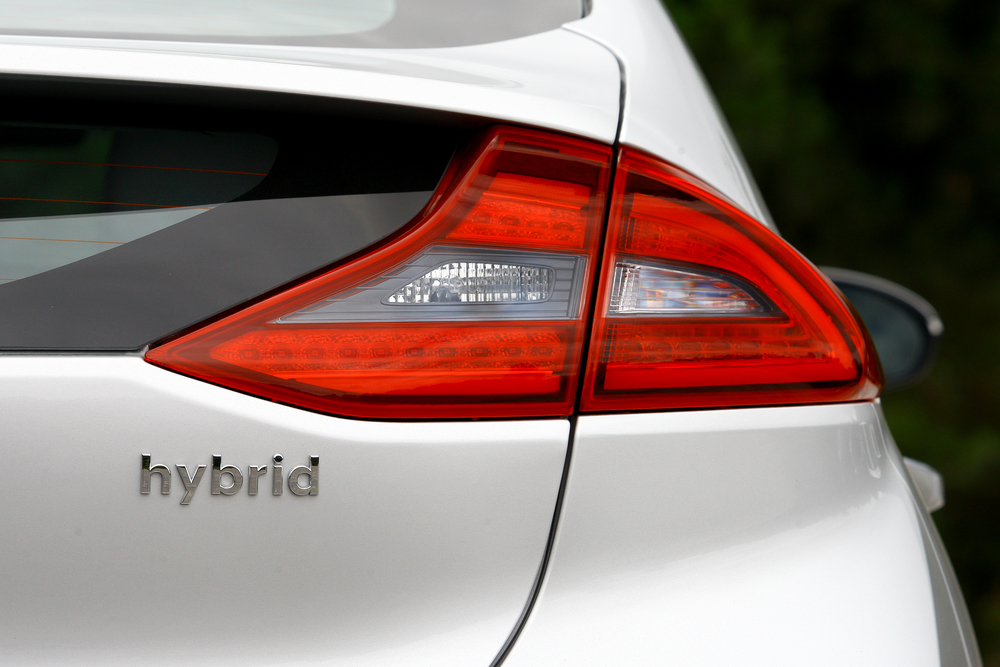Australians could be given faster and more accurate warnings in the face of devastating floods using satellite technology and radar imaging sensors, a Queensland study shows.
Scientists have combined optical satellite images with information from imaging radar satellites, allowing them to peer through cloud cover.
Researchers from the University of Queensland say the data is more detailed and could allow authorities to protect and warn communities at risk.
Monitoring floods was challenging for authorities as flood waters rise and recede over a matter of days, Professor Noam Levin from UQ’s School of Earth and Environmental Sciences said.
“While large satellites in the past provided images every seven to 14 days, now groups of small satellites can collect several images a day over the same location,” Prof Levin said.
“Radar imaging sensors can provide images at night or on days with thick cloud cover – a huge advantage in stormy conditions.
“They use a flash, like on a camera, and the light is sent at wavelengths between 1mm and 1.0m, which can pass through clouds and smoke.”
During Brisbane’s deadly February 2022 floods, researchers combined satellite daytime pictures showing the extent of the flood with imaging radar and optical night-time data of the lights associated with human activity.
“We could see which areas became dark as the flood waters encroached,” Professor Levin said.
“We matched this with data from river gauges operated by the Bureau of Meteorology and with changes in electricity loads reported by Energex, the power supplier.”
Using existing flood monitoring and modelling technologies, the technique could change the way flood events were monitored.
“With faster update times – at least twice a day – and more accurate and timely data, agencies monitoring the floods can assess changes and alert people in at-risk areas,” co-author Professor Stuart Phinn said.
“This technique can also be used post-disaster to assess the extent of damage, direct recovery efforts and for the assessment of insurance claims.”
The team used optical satellites from Planet Inc and from NASA’s VIIRS, as well as imaging radar satellites from Capella.
Robyn Wuth
(Australian Associated Press)




